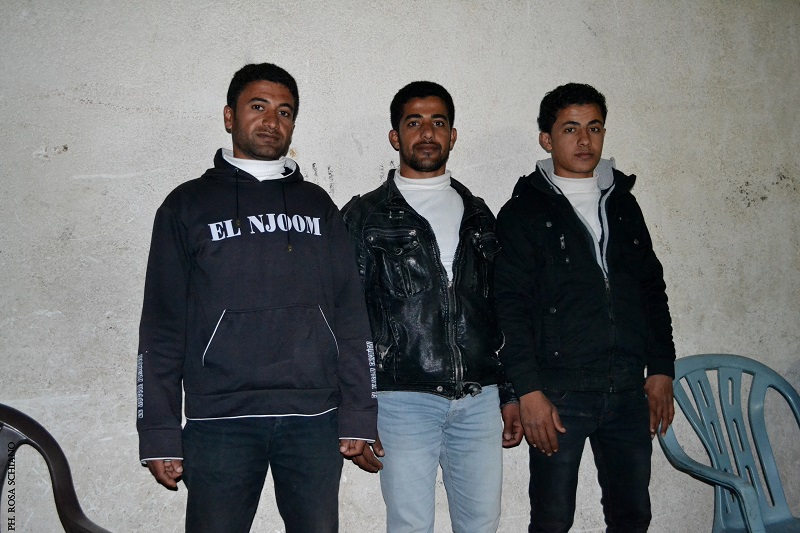Tag: Gaza Siege
-
Gaza’s economy shattered by Israeli siege
15th January 2014 | International Solidarity Movement, Rosa Schiano | Gaza, Occupied Palestine A recent report by the Chamber of Commerce, Industry and Agriculture in Gaza says the Israeli authorities have closed Karm Abu Salem (Kerem Shalom) checkpoint, the Gaza Strip’s only commercial crossing, for 150 days, 41% of working days, during 2013. The reports points out that…
-
Palestinian fisherman kidnapped by the Israeli navy in Gaza waters
11th January 2014 | International Solidarity Movement, Rosa Schiano | Gaza, Occupied Palestine On Wednesday, 8th January 2014, 27-year-old Palestinian fisherman Mohammed Sultan Al Khader had was arrested by the Israeli navy in Gaza waters. He had been fishing with his two brothers, Ahmad and Hamdi, on a small fishing boat, called a hasaka. Al Khader was released…
-
Israel’s attacks on Palestinian fishermen in Gaza flout international conventions
7th January 2014 | International Solidarity Movement, Charlie Andreasson | Gaza, Occupied Palestine On Saturday, 4th January, the Israeli navby shot at five fishermen and their boat, a hasaka, three nautical miles from the shore of Gaza, well within the highly-restricted part of Palestine waters in which the occupation forces officially allow them to fish.…



